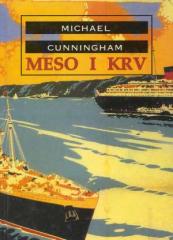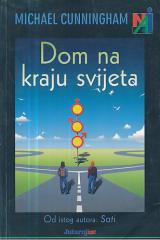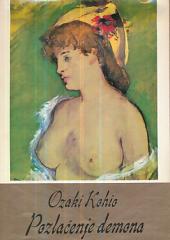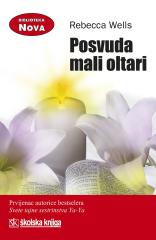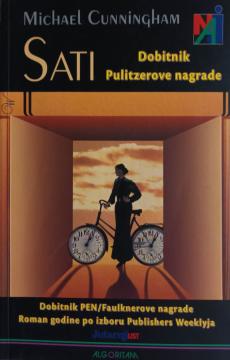
Sati
Cunningham's novel The Hours (1998, Pulitzer Prize) intertwines three stories about women trapped in the "hour" of life, inspired by Woolf's Mrs. Dalloway. The title alludes to time flowing unstoppably, mixing life, art, and death through the stream of co
Thread One: In 1923, in London, Virginia Woolf struggles with mental illness and the writing of Mrs. Dalloway. Her sisters Vanessa and Quentin (Bell) visit her in Richmond; Virginia dreams of returning to London, but fears of madness and the realization that "life is the hardest thing" lead to her suicide in 1941 in the River Ouse.
Thread Two: In 1951, in Los Angeles, housewife Laura Brown, pregnant with her second child, reads Woolf's book while her husband Dan celebrates the birthday of their son Richie. Feeling trapped in the perfect wife, Laura fantasizes about escape, but remains out of duty—Richie will later become Richard, the ailing writer.
Thread Three: In 2001, in New York, Clarissa Vaughan, a 52-year-old lesbian, throws a party for her ex-lover Richard, the HIV-positive author of "Mrs. Dalloway," inspired by Clarissa. Called "Mrs. Dalloway" by Richard, Clarissa confronts the past – her love for Sally, her maternal grief for her daughter Julia – and Richard's jump out of a window, echoing Woolf's suicide.
Cunningham masterfully weaves together the times: flowers, cakes, rivers symbolize connection; themes – homosexuality, feminism, art as salvation – critique patriarchy and isolation. The novel, adapted into a film in 2002 (Kidman, Streep, Moore), celebrates female resilience in the fight against the "hours" of existence, where every day brings a choice between life and art.
One copy is available
- Damaged covers
